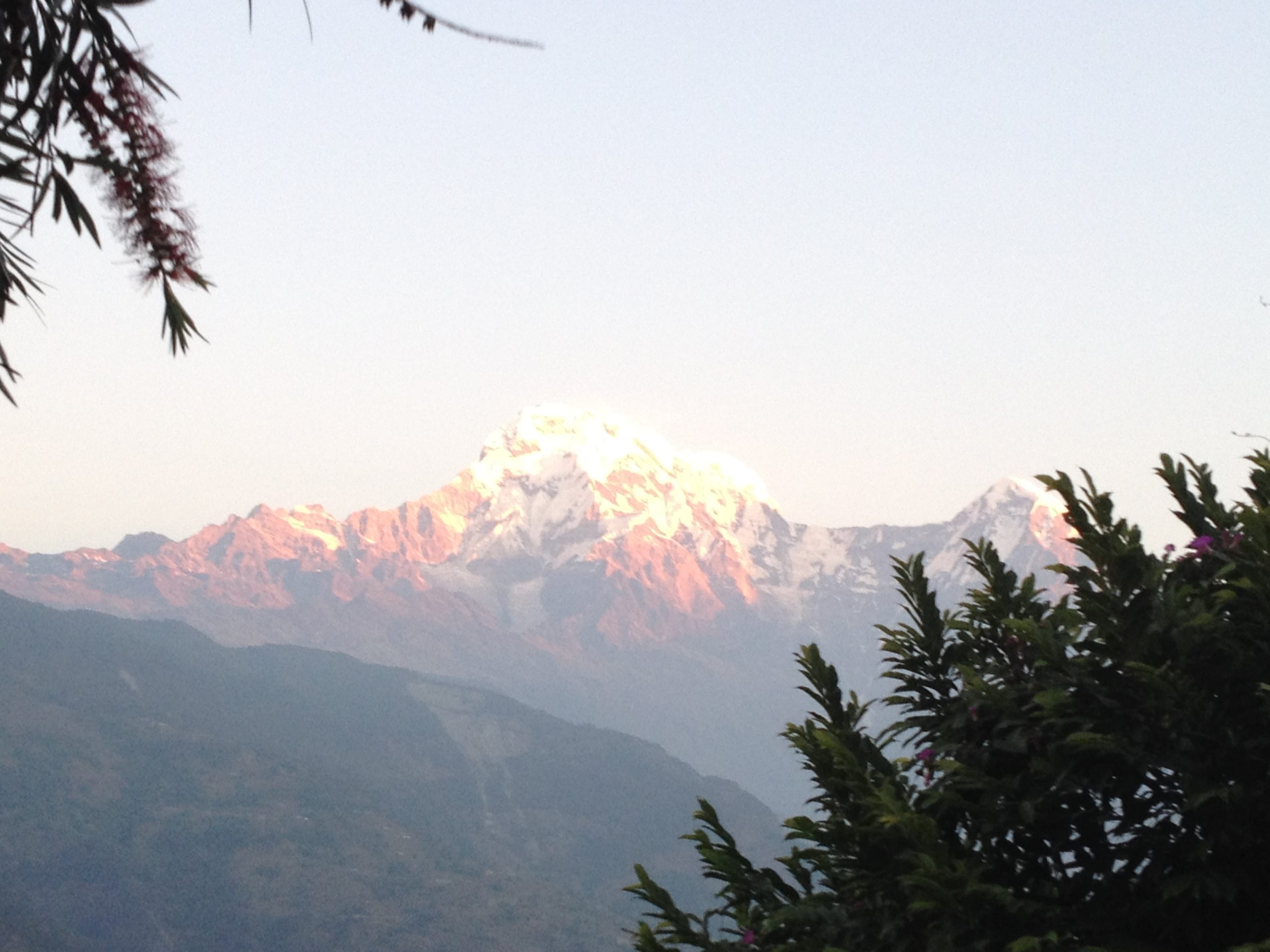
I forgot to thank my mother before she died. She left this earth – actually entered this earth –fourteen years before the COVID-19 pandemic was a twinkle in any bat’s or pangolin’s eye. Sheltering in place for the past year, I now sorely appreciate how she schooled me in the fine art of husbanding a garden for winter. That fine art of creating, building, and preserving a fruit cellar, and of living fully in the natural world.
I live in a city now without a yard or a garden. Locked up in a flat alone for twelve months with only concrete decorating the surfaces outside my window, I returned to my Ohio homestead for sustenance and peace during these stressful times over which I had no control. In my mind, my childhood cemented me in the grateful memory of growing up in the Appalachian hills. Adoration for the natural world grew from whence I came. As a five-year-old, I decorated mud pies and built castles in puddles after thunderstorms on the Ohio Valley acre where I was born. Picking purple violets mesmerized me all day, I was ecstatic if I encountered a white version. I could identify all the spring flowers, trillium, colt’s feet, wood anemone, bloodroot. I could name them all in the bouquet I picked for my mother. Later I would catch and pin Lepidoptera caught amid the reeds and woods surrounding our garden.
However, one thing I could not stand growing up in Appalachia was summer canning. Gangling rural girl that I was, I’d rather tractor with friends out to our fort hidden in the elm and maple stands behind our home or luxuriate with a book on the swing, or, later, work on my college escape from the rural desert of strip mining country. During pandemic indoor moments, I searched my memory, waded through old black and white photos, made calls to 90-year-old cousins to understand why I felt this way, when I spent most waking hours outdoors.
I also grew to despise the fruit cellar where the fruits of our labor were stored. It was a dark hole of a cinder block room off the in-ground basement with a tiny vent window for air. The screened slit in concrete brick required we don our winter jackets just to descend into the frigid December basement to fetch a quart jar of green beans or a Mason container of spaghetti sauce for dinner, or a pint of strawberry jam for morning toast.
Sequestered in my city apartment this past year, I longed for the summer canning season. I secretly was smitten, though, with one canning ritual. I neglected to tell this to my mother before she left. Not a vegetable canning but a fruit. Botanically, a fruit is a ripened flower ovary that contains seeds, which perfectly describes the tomato. I knew this as a child, gleaned from our burgundy copy of the American Peoples Encyclopedia. The red, sometimes purple, other times orange Solanum lycopersicum. The Aztec nahuatl. The tomato, which I considered the aurora borealis of our garden, whose pungent scent of sent me in a swoon. The kind of swoon of nineteenth century damsels, limpen, faint. As I sat indoors, I could smell those tomatoes from past evening strolls through the garden at night.
In the heat of late June, all the tomatoes in my father’s garden seemed to ripen overnight. It was as if they held a late evening meeting, talked it over, and decided to surprise my parents the next morning. There were so many, so diverse. Beefsteak. Better Boy. Cherokee purple. Rebellion. Roma. Even Early Girl joined her gardenmates. We had to cancel any plans. Except if it was Sunday, morning mass, like god, demanded a day off.
On any other early morning, my mother would cart up the white baby bathtub from the cellar where it had waited all winter and spring for this call. She’d center the baby tub on the back porch. Early morning we’d each stake out a leather stool, short chair, or overturned bucket, align it strategically around the enamel tub under the awning for the all-day affair. I clunked my small bathroom stool on the concrete slab. As we huddled on the porch, locust screamed over the grasses, into the woods, drowning out the accordion on station WWVA’s airwaves crossing the Ohio River.
Dad would tumble two bushels of the reddest, most loud circular spheres into the oval tub. This smell of the fruit enveloped us in the miracle of midsummer. Round fruit fallen naturally from the vine. No ethylene spray to ripen them artificially. As a child, I imagined jumping into the baby tub of red tomatoes and bathing in the pool of delight, breathing in the yeasty, sulfurous, umami. Savory like “oh mommy oh mommy”. Identified as a fifth distinct taste, scientists locate umami taste buds in the human mouth. It was something specific to the to

By Catherine Tripp
On March 13, 2021
So alive!